Baby Skincare Australia: Essential Tips for New Parents
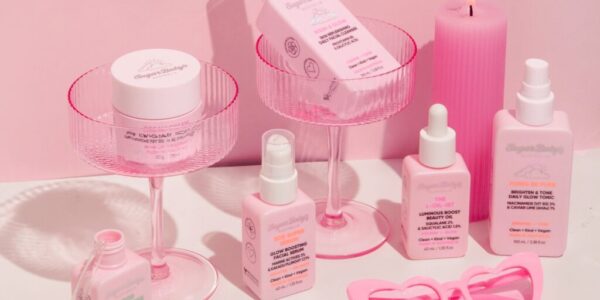
Baby Skincare Australia involves more than just using any lotion. It requires understanding the unique needs of a baby’s delicate skin. The climate in Australia can be harsh, affecting a baby’s skin differently. From sun exposure to dry air, various factors come into play. In Australia, taking care of a baby’s skin is crucial. Parents want the best for their little ones.
This guide will help you navigate baby skincare in Australia. We’ll discuss essential tips and safe products. Let’s ensure your baby’s skin stays healthy and protected. Ready to dive in? Keep reading to learn more about caring for your baby’s skin in the Australian environment.
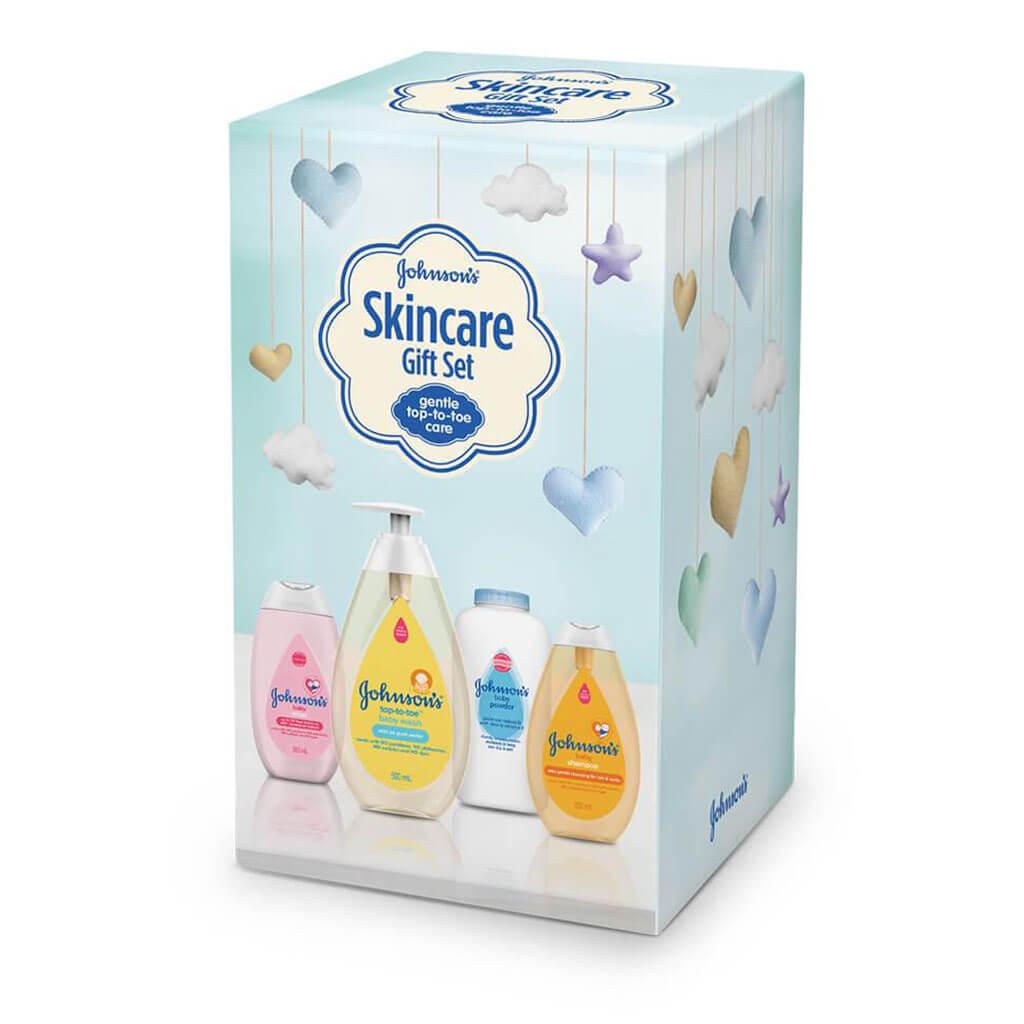
Choosing Baby Skincare Products
Choosing the right skincare products for your baby can be challenging. Babies have sensitive skin that needs special care. Using the wrong products can lead to irritation or allergies. In this guide, we will discuss how to select the best baby skincare products in Australia.
Natural Ingredients in Baby Skincare Australia
Natural ingredients are gentle on a baby’s skin. They help maintain the skin’s natural balance. Look for products with ingredients like aloe vera, chamomile, and calendula. These soothe and protect sensitive skin. Avoid harsh chemicals and synthetic fragrances. They can cause dryness and irritation.
Hypoallergenic Options
Hypoallergenic products are less likely to cause allergic reactions. They are specially formulated for sensitive skin. Check the label for the term “hypoallergenic.” This means the product has undergone testing to reduce the risk of allergies. This is crucial for babies with eczema or other skin conditions. Always do a patch test first. Apply a small amount to your baby’s skin and wait 24 hours. If no reaction occurs, it is likely safe to use.
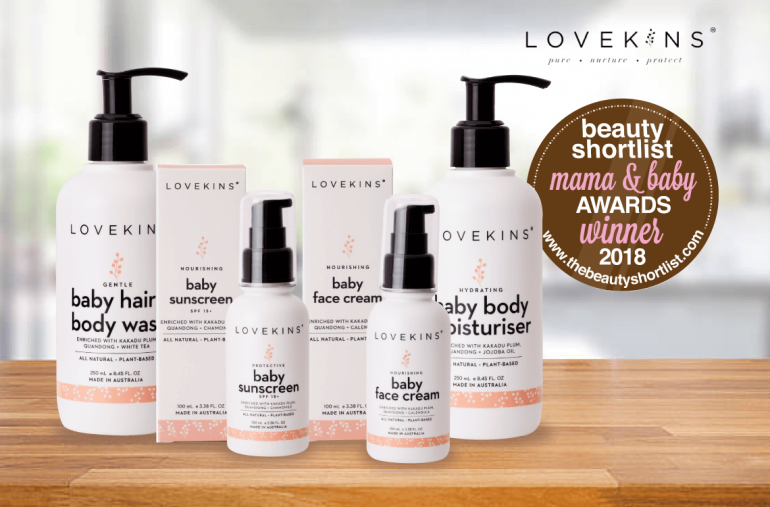
Bath Time Routine
Creating a soothing bath time routine for your baby is essential. It helps them feel clean and relaxed. A good routine ensures their skin stays soft and healthy. Let’s explore some key elements of an effective bath time routine.
Ideal Water Temperature
The right water temperature is crucial for your baby’s comfort. Too hot or too cold can make them uncomfortable. Aim for a warm temperature.
| Step | Description |
|---|---|
| Check | Use a thermometer to check the water temperature. |
| Ideal Range | Keep the water between 36°C to 38°C (96.8°F to 100.4°F). |
| Test | Test the water with your elbow before placing your baby in. |
Gentle Cleansers
Using a gentle cleanser is important for your baby’s sensitive skin. Harsh chemicals can cause irritation. Choose products designed for babies.
- Look for cleansers that are fragrance-free and hypoallergenic.
- Avoid products with parabens and sulfates.
- Opt for products with natural ingredients.
These tips will help keep your baby’s skin soft and healthy.
Moisturizing Baby’s Skin
Keeping your baby’s skin moisturized is very important. Babies have delicate skin that can dry out quickly. Proper hydration helps prevent dryness and irritation.
Best Baby Lotions
Choosing the right lotion for your baby is crucial. Look for lotions that are free of harsh chemicals. Natural ingredients like aloe vera and chamomile are gentle on the skin.
Brands that specialize in baby skincare offer safe and effective options. Check labels for hypoallergenic and dermatologist-tested products. These are less likely to irritate your baby’s skin.
Hydration Tips
Keeping your baby’s skin hydrated involves more than just lotion. Bath time should be short and in lukewarm water. Long baths can strip the skin of natural oils.
After bathing, gently pat the skin dry with a soft towel. Apply lotion while the skin is still slightly damp. This helps lock in moisture.
Consider using a humidifier in your baby’s room. This adds moisture to the air and helps keep the skin hydrated. Dress your baby in breathable fabrics like cotton.
Managing Diaper Rash
Diaper rash is a common concern for many parents. It can cause discomfort for babies and stress for caregivers. Understanding how to manage diaper rash effectively is key to maintaining your baby’s comfort and health.
Preventive Measures
Preventing diaper rash is always better than treating it. Here are some effective tips:
- Change diapers frequently to keep the area dry.
- Use a soft, damp cloth for cleaning instead of wipes.
- Allow your baby’s skin to air dry before putting on a new diaper.
- Apply a thin layer of barrier cream to protect the skin.
- Choose breathable diapers to reduce moisture build-up.
Effective Treatments
If your baby develops a diaper rash, don’t worry. There are several effective treatments:
- Keep the diaper area clean and dry. Change diapers often.
- Use mild soap and warm water to clean the affected area.
- Apply a thick layer of zinc oxide cream to soothe the skin.
- Let your baby have some diaper-free time to air out the rash.
- Consult a pediatrician if the rash persists or worsens.
Knowing how to manage diaper rash can make a big difference. It helps keep your baby comfortable and happy.
Sun Protection For Babies
Protecting a baby’s delicate skin from the sun is crucial. Babies are more sensitive to UV rays. Their skin can burn easily. Proper sun protection helps prevent sunburn and long-term skin damage.
Safe Sunscreens
Choosing the right sunscreen is important. Look for sunscreens labeled as “baby-safe” or “pediatrician recommended.” These sunscreens usually contain zinc oxide or titanium dioxide. These ingredients are gentle on a baby’s skin. Avoid sunscreens with harmful chemicals. Reapply sunscreen every two hours. Apply it more often if your baby is in water.
Proper Clothing
Clothing also plays a key role in sun protection. Dress your baby in lightweight, long-sleeved shirts. Use long pants to cover their legs. Choose fabrics with a tight weave. These provide better protection from the sun. A wide-brimmed hat can protect their face and neck. Sunglasses with UV protection are also a good idea.
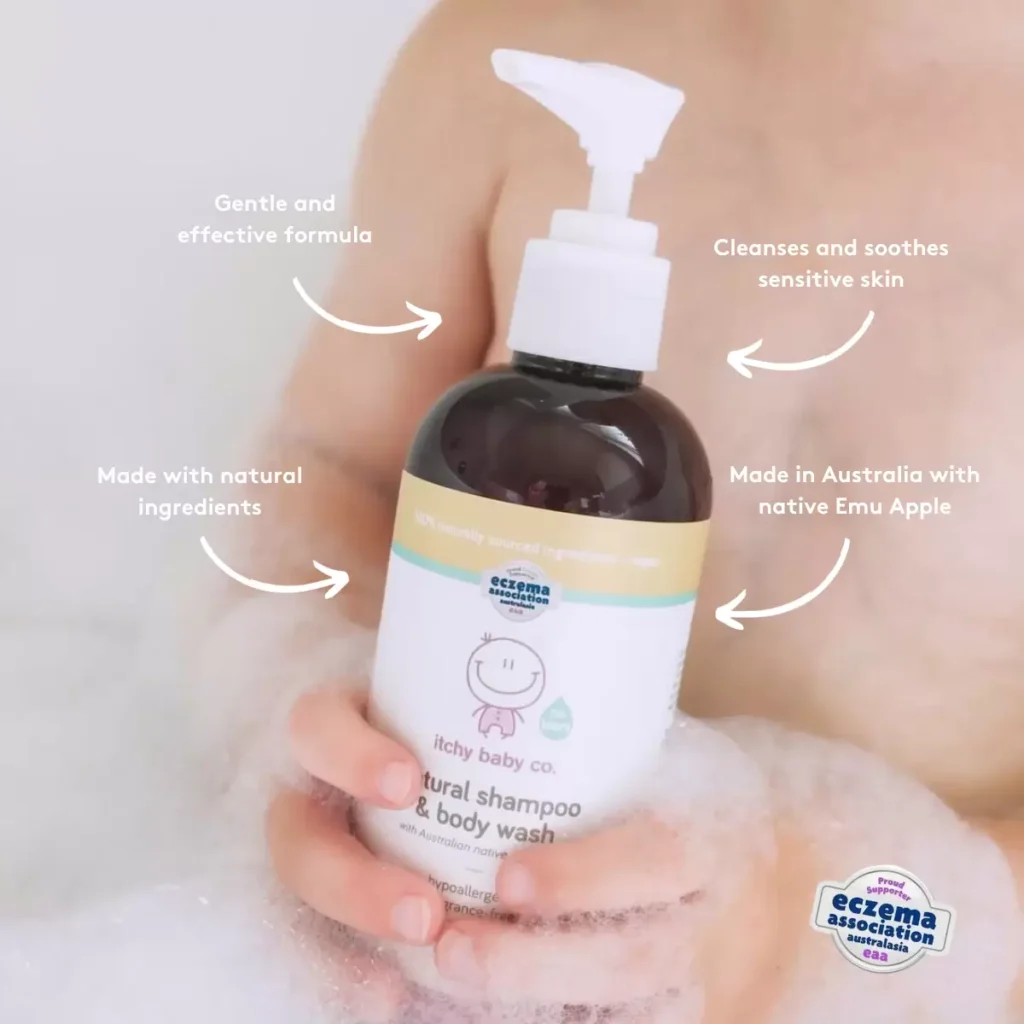
Winter Skincare Tips
Winter can be tough on a baby’s delicate skin. Cold air, indoor heating, and low humidity can lead to dryness and irritation. Proper skincare can help keep your baby’s skin soft and healthy during the colder months.
Preventing Dry Skin
Moisturize your baby’s skin daily. Use a gentle, fragrance-free lotion right after bath time. This helps lock in moisture. Choose products specifically designed for babies to avoid harsh chemicals.
Avoid long, hot baths. They can strip the skin of natural oils. Use lukewarm water instead and keep baths short. Pat your baby dry with a soft towel. Do not rub the skin, as this can cause irritation.
Indoor Humidity Control
Indoor heating can reduce humidity levels, making the air dry. Use a humidifier in your baby’s room. This adds moisture to the air and helps prevent dry skin. Clean the humidifier regularly to avoid mold and bacteria.
Keep your baby’s room at a comfortable temperature. Avoid overheating, as this can dry out their skin. Dress your baby in layers to maintain warmth without causing sweating.
Identifying Skin Allergies
Identifying skin allergies in babies is crucial for their health. Babies have sensitive skin, making them prone to allergies. Recognizing these allergies early helps in providing the right care. In this section, we will discuss common allergens and symptoms to watch for.
Common Allergens
Babies can be allergic to various substances. Some common allergens include:
- Dust mites: Tiny creatures found in household dust.
- Pollen: From trees, grass, and weeds.
- Pet dander: Skin flakes from animals.
- Food: Such as milk, eggs, and peanuts.
- Soaps and detergents: Chemicals in cleaning products.
Symptoms To Watch
Watch for these symptoms to identify skin allergies:
| Symptom | Description |
|---|---|
| Redness | Areas of red, inflamed skin |
| Rashes | Small bumps or patches on the skin |
| Itching | Baby scratching affected areas |
| Dry skin | Flaky or rough patches |
| Swelling | Raised areas on the skin |
If you notice these symptoms, consult a pediatrician. Early diagnosis helps in managing the allergies effectively.
When To Consult A Pediatrician
When caring for your baby’s skin in Australia, knowing when to consult a pediatrician is crucial. Babies have delicate skin that can be prone to various issues. While many skin problems can be managed at home, certain signs indicate the need for professional advice.
Persistent Skin Issues
If your baby has a rash that does not improve within a few days, it is time to see a pediatrician. Persistent redness, swelling, or itching can be signs of an underlying condition. Allergies, infections, or eczema require medical treatment. Early intervention can prevent complications.
Professional Recommendations on Baby Skincare Australia
Pediatricians can provide tailored skincare advice. They can recommend products suitable for your baby’s sensitive skin. The table below summarizes common baby skin issues and possible treatments:
| Skin Issue | Possible Treatment |
|---|---|
| Diaper Rash | Barrier creams, frequent diaper changes |
| Eczema | Moisturizers, prescribed creams |
| Cradle Cap | Gentle shampoo, soft brushing |
| Dry Skin | Hydrating lotions, avoiding hot baths |
Consulting a pediatrician ensures you use the best products and methods. They can identify if a skin condition is part of a more serious health issue.
In summary, persistent skin issues and professional recommendations are key reasons to consult a pediatrician. Your baby’s health and comfort are paramount. Ensure you seek expert advice when needed.
Frequently Asked Questions on Baby Skincare Australia
What Is The Best Skincare For Babies?
The best skincare for babies includes gentle, hypoallergenic products. Always choose products free from harsh chemicals, fragrances, and dyes. Natural ingredients like aloe vera and chamomile are great. Regular moisturizing helps maintain their delicate skin.
How Often Should I Bathe My Baby?
You should bathe your baby 2-3 times a week. Frequent baths can dry out their sensitive skin. Use lukewarm water and mild soap. Always moisturize after bathing to keep their skin soft and hydrated.
Can I Use Regular Lotion On My Baby?
It’s best to use lotions specifically formulated for babies. Regular lotions may contain harsh chemicals and fragrances. Baby lotions are designed to be gentle and safe for delicate skin.
How Do I Treat Diaper Rash Effectively?
To treat diaper rash, keep the area clean and dry. Use a barrier cream with zinc oxide. Change diapers frequently and allow the skin to breathe. If the rash persists, consult your pediatrician.
Conclusion of Baby Skincare Australia
Caring for your baby’s skin in Australia is essential. Always choose gentle, natural products. Protect from harsh sun with proper sunscreen and clothing. Regularly moisturize to keep skin soft and hydrated. Monitor for any signs of irritation or allergies. Consult a pediatrician for persistent issues.
These steps ensure your baby’s skin stays healthy and happy. Enjoy this precious time with your little one!
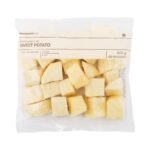



Leave a Reply